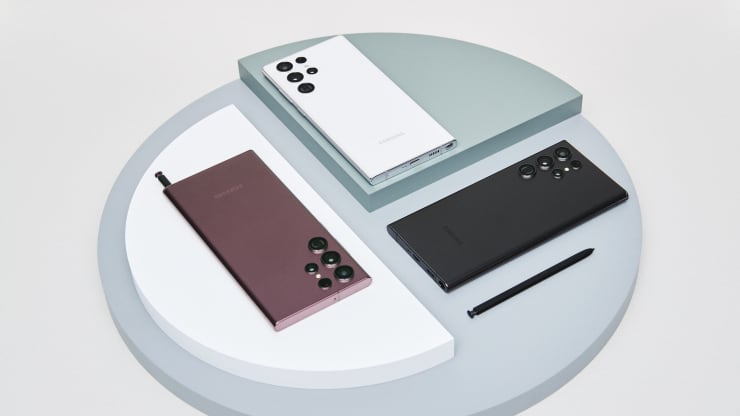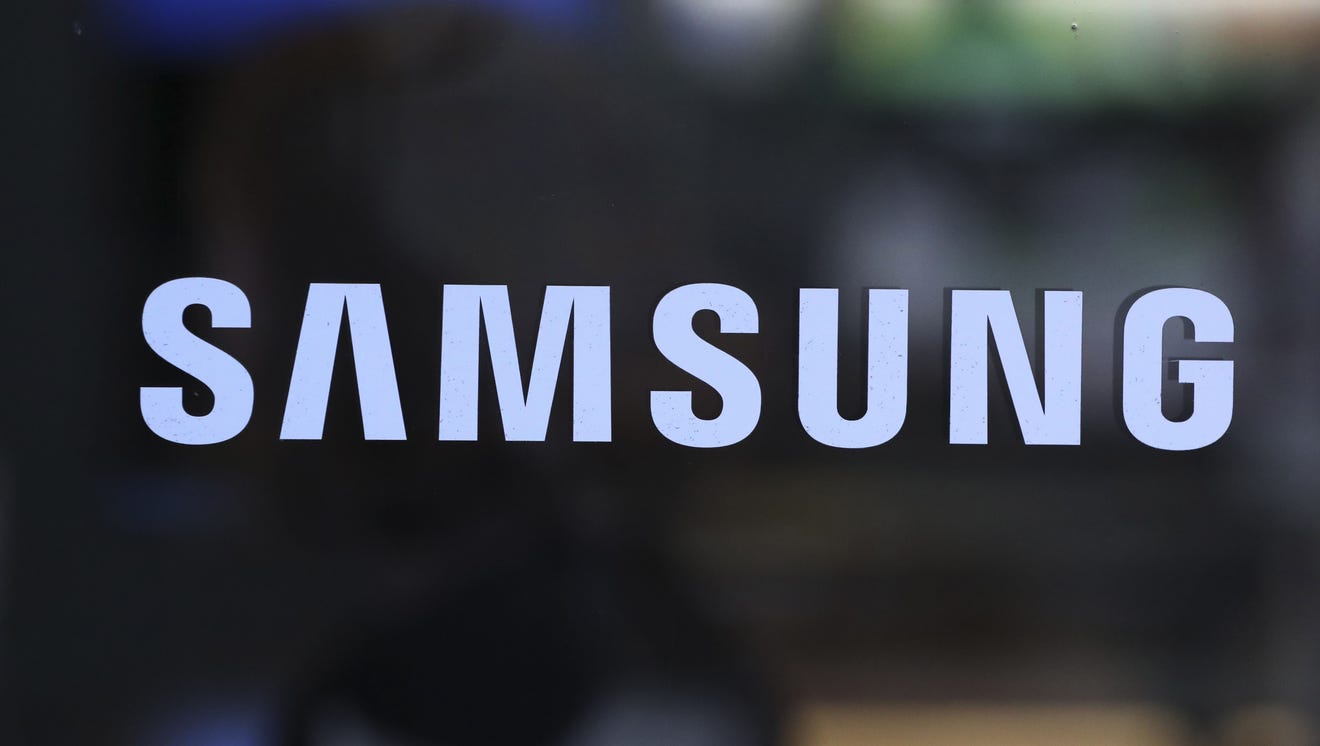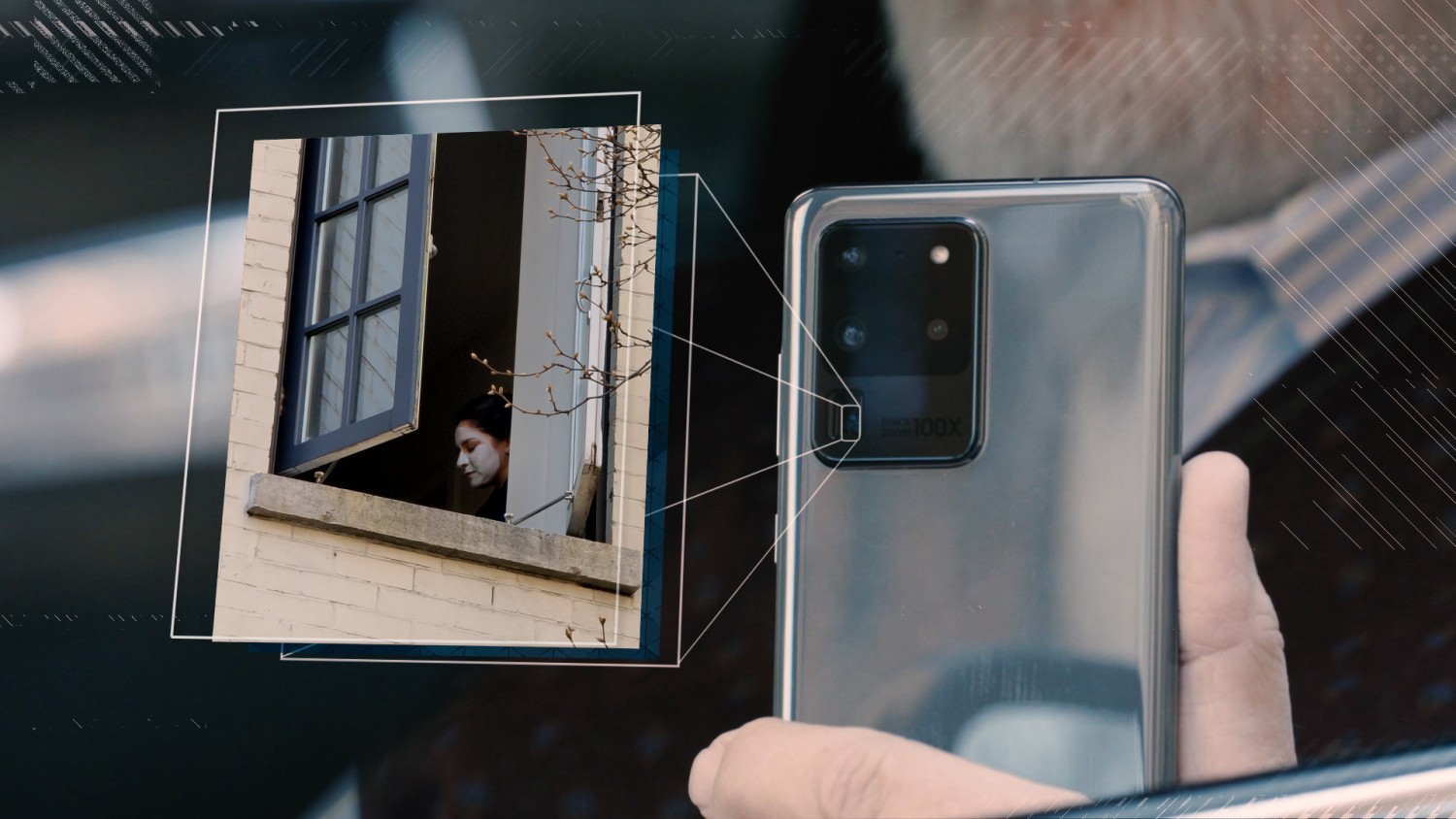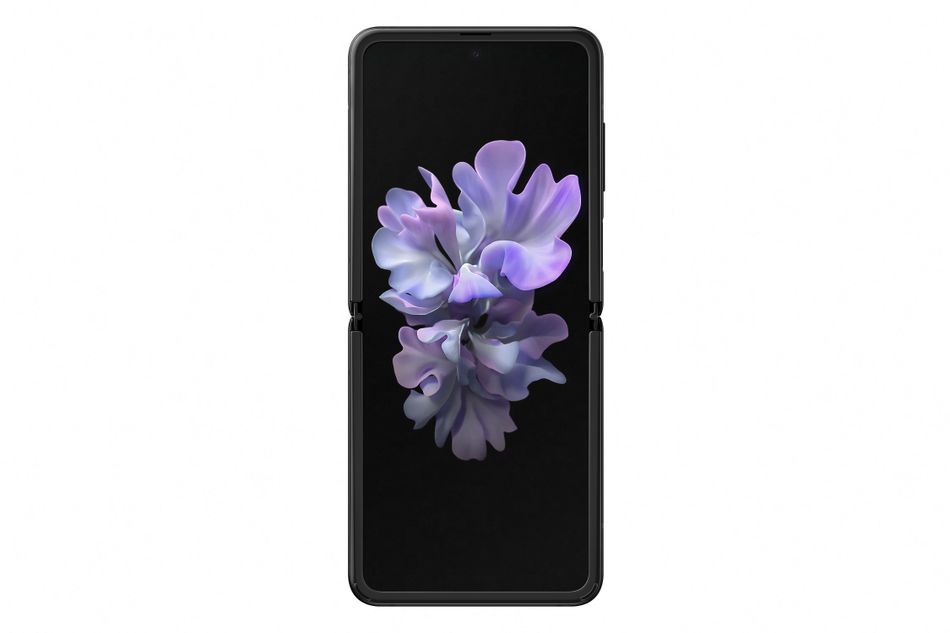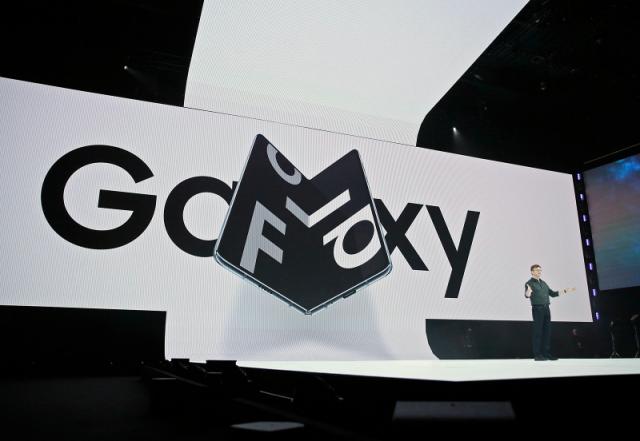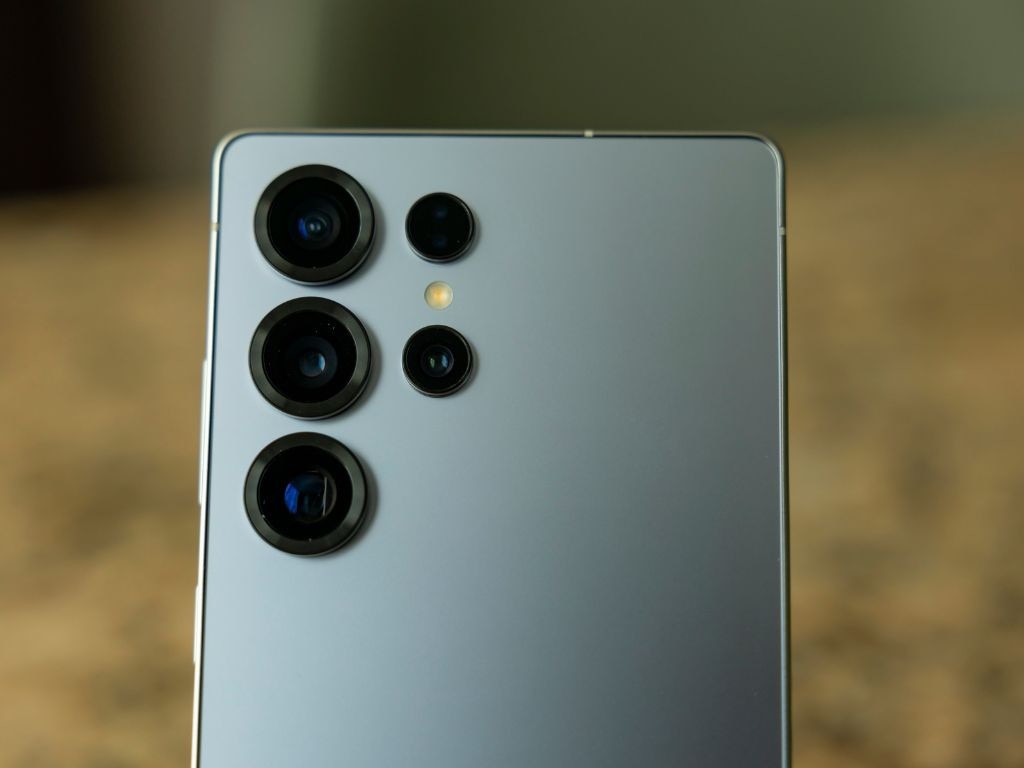
This article is more than
6 year oldSamsung’s Review Phones Fail, Delivering a P.R. Nightmare

For Samsung, a tech company that stakes its reputation on shipping flashy new smartphones with eye-catching features, it was a nightmare come true.
One of its latest phones, the Galaxy Fold, generated lots of attention this year for an exciting new feature: It could be folded and unfolded like a book to decrease or increase the screen size. The nearly $2,000 cost was also eye-catching.
The device made its way into the hands of a small number of gadget reviewers this week, just ahead of its public release.
And then things went awry.
First, one reviewer said one side of the device’s screen had died on Day 1. The next day, another critic said his device had become unusable. Then another reviewer reported different problems with the screen.
With that, the Galaxy Fold’s reputation was sunk, and Samsung was left scrambling before the device could even reach consumers.
“They’re constantly throwing new ideas against the wall, and this one broke upon impact,” said Kyle Wiens, chief executive of iFixit, a company that offers instructions for people to repair their devices.
Samsung Electronics said on Thursday that it would investigate possible problems with its new foldable phones. A spokesman said the scheduled release date remained April 26 in the United States. There was also no further information about how many of the samples provided to reviewers had been described as damaged or malfunctioning.
“We will thoroughly inspect these units in person to determine the cause of the matter,” the company said in a statement.
The company added that the main display has a top layer designed to protect the screen from scratches. Removing it, or adding adhesives to the main display, can damage the screen, the company said. Some reviewers had reported removing the top layer of the display, causing damage to the screen, Samsung noted.
“We will ensure this information is clearly delivered to our customers,” the company said.
The South Korean company, the world’s largest handset maker, unveiled a prototype of the Galaxy Fold at a conference for software developers last year.
It shared further details about the device in February. When folded, the viewable screen measures 4.6 inches. When unfolded, the device has a 7.3-inch display, about the size of a tablet screen.

[The New York Times reported on the Samsung media event in February.]
Samsung lived a similar nightmare not long ago. In 2016, the company discontinued its Galaxy Note 7, a smartphone that was more complex to produce than previous models, after reports that several of the devices had exploded. Samsung had received at least 92 reports of overheating Note 7 batteries in the United States, with 26 reports of burns and 55 reports of property damage. The company concluded that the device had been shipped with faulty batteries.
Samsung declined to provide an early review unit of the foldable phone to The New York Times after multiple requests.
In a review published on Wednesday in The Verge, the site’s executive editor, Dieter Bohn, said that after “normal use,” he had detected a bulge in the hinge area of the screen on the phone he was provided.
“Whatever happened, it certainly wasn’t because I have treated this phone badly,” Mr. Bohn wrote. “I’ve done normal phone stuff, like opening and closing the hinge and putting it in my pocket.”
He said an object might have become lodged in the device through a tiny gap. “Or maybe it was pieces from the hinge itself breaking loose and working their way up into the screen. I don’t know,” he wrote. “I just know that the screen is broken, and there was no obvious proximate cause for the bulge that broke it.”
Mr. Bohn added, “We’ve seen worries about scratches on expensive phones and debris breaking the keyboard on expensive MacBooks, but a piece of debris distorting the screen on a $1,980 phone after one day of use feels like it’s on an entirely different level.”
Mark Gurman, who reports on technology for Bloomberg, wrote that the device he had reviewed had a “very small tear” at the top part of the hinge.
